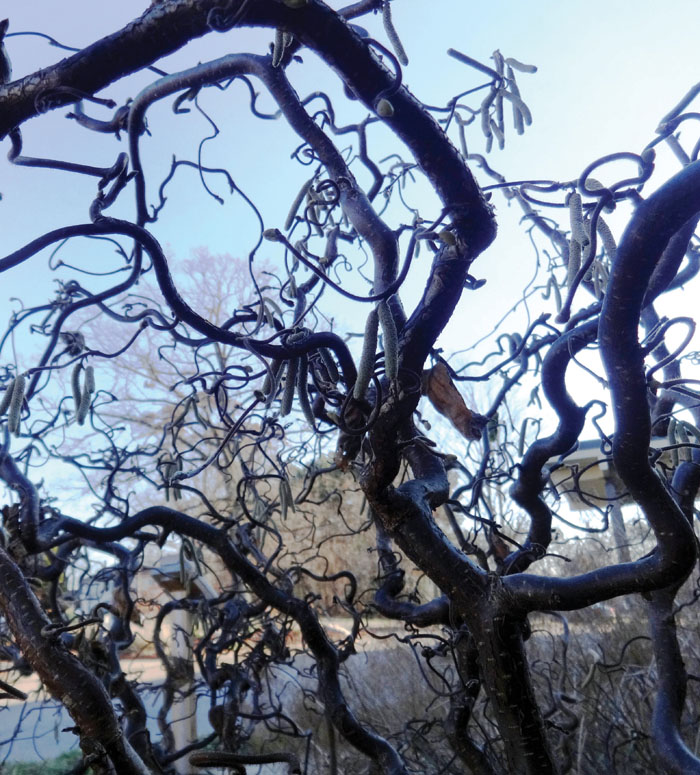Home & Garden: Quick landscape fixes
Published 12:00 am Sunday, March 25, 2018

- Contorted filbert
With warm weather rapidly on its way, unsightly landscape complexions will change rapidly. Many are already venturing outdoors in hopes of making a change to our suffering landscapes. Below are a few landscape maintenance suggestions that will provide an almost immediate landscape gratification on a limited budget.
Remove ugly shrubs. It’s sad but true; some landscapes would look better if the sick, damaged, disfigured or just plain ugly shrubs or trees were removed altogether. Plant materials that are diseased, winter damaged or hacked to death by over-pruning will never recover to become a pristine planting. If a shrub has a history of not fulfilling your expectations, don’t wait, take it out. Prune judiciously as overzealous pruning or topping will eventually ruin the appearance and health of a large majority of tree and shrubs. If you must prune a tree or shrub excessively and often, you have the wrong plant.
Add mulch. Adding high quality mulch to the landscape will immediately improve the appearance of trees, shrubs or flower beds. Apply 4-6 inches high quality bark or pine needles for best results. Take your time to smooth out irregular areas in the mulch. Avoid using plastic mulch under bark or needles to control weeds. It doesn’t work. You may want to experiment to be sure the bark complements your colors or plant textures. Consider long leaf pine needle mulch over regular loblolly or short leaf pine needles. The cost per bale is more expensive, but the color is more vivid and the needles last much longer than local pine needles due to higher wax content with the cell walls.
Color. Adding color at strategic locations such as entryways or focal points will improve a landscape within minutes. Glazed pottery filled with traditional plantings as well as non-traditional plant materials such as grasses, small trees and vines are easy to implement. Rotation of annuals during the growing seasons is another method of adding color and interest. Alternating spring, summer and fall plantings provides year-round interest.
Add more than color. Some plant materials make a strong design statement or add interest with unusual bark or contorted design. Yellow or red twig dogwood in mass plantings provides a powerful statement of color and texture. Another plant with an interesting growth habit is a contorted filbert (Corylus avellana ‘Contorta’ — Harry Lauder’s Walking Stick. The lacebark elm, a small to medium sized tree provides an interesting bark feature that capture one’s interest. Shop for out-of-the-ordinary plant features that will spark interest in your landscape.
Research. Do your research and make sure these new materials will thrive in our climate or in your selected planting location. The climate in the Piedmont can be rather iffy; it’s best to make sure your selections can adapt.




